ClassesHow To’s
Five Steps For Digital Fabrication And Foundry
By Cathy Niland | 12.18.19
Using a 3D printer for fabrication has become increasingly popular and allows artists and makers to create complex and intricate shapes that would be difficult to create by hand. Since beginning to offer Digital Fabrication and Foundry at The Crucible, our students have created their own 3D printed sneakers, custom trophies, desperately needed very specific tools and parts, bouquets of roses, geometric bowls, and more.
We’re about to wrap on our latest ten-week session of Digital Fabrication and Foundry. During class, students learned to build 3D models and print multiple test pieces before committing to their final design, which they cast into metal in our Foundry last week. Tonight, they will see the final product and begin the clean-up process.
Get inspired by following the 5-step how-to below—knowledge you can put to use in Digital Fabrication and Foundry starting January 16. This last class was jam-packed. Don’t wait to sign up this round, there are only four spots left!
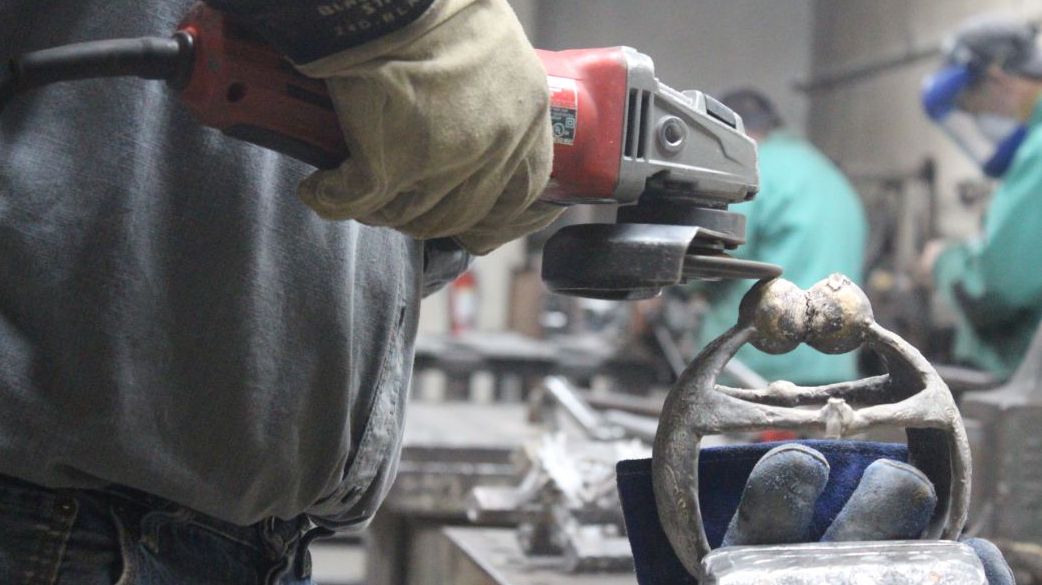
Step 1: Make a 3D model


- Begin by practicing making basic shapes using Autodesk’s TinkerCAD and Fusion360.
- Combine your more basic shapes into complex forms like miniature characters, space ships, or wearable jewelry.
- Sculpt forms from basic objects. This digital process is like working with clay to create texture and more complicated 3D designs.
- Use algorithms to start generating groups of organized shapes. Algorithms will help you start designing even more complex forms and coding 3D objects.
Step 2: Design, test, and print your object

- Once you have your 3D design ready, use Autodesk’s Meshmixer to make sure your design is water tight. This will prevent glitching in the printing process.
- Feed your design into the 3D printer software (we use PRUSA’s Slic3r PE software). This will generate a GCODE.
- Vocab word: GCODE: The code generated from your model file that will tell the printer how to print your design and other details about the technical and mechanical aspects of the printing process.
- Run the printer! Depending on the size and complexity of the model, printing can take anywhere from a few hours to a couple days. When finished, you will have your object fabricated in PLA (polyactic acid), a material comprised of biodegradable crops.
- Pro-tip: One of the benefits of the CAD/CAM system is the ability to print test parts quickly. You should definitely test elements of your design before committing to a final print run. Just update your master file with any necessary changes before printing the entire piece.
Step 3: Turn your 3D print into a mold
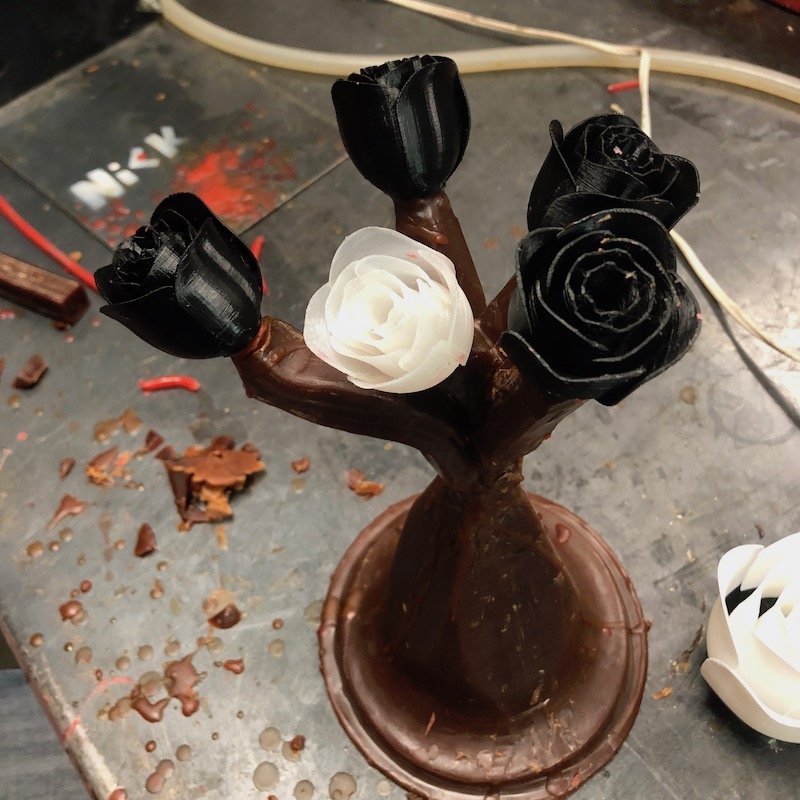
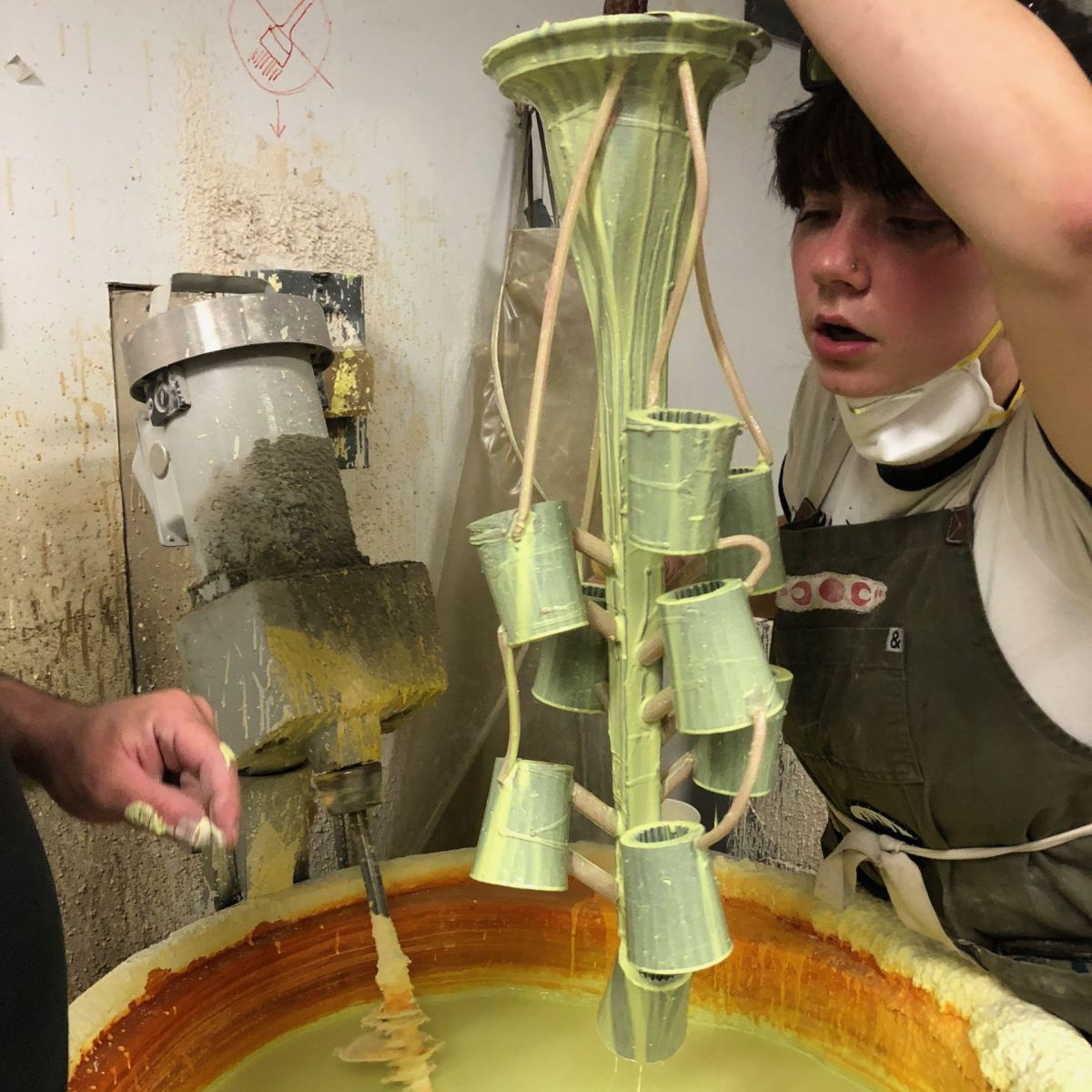
- You have a 3D print! Now, it’s time to head to the Foundry.
- Dip your 3D print in wax and attach sprues and gates.
- Vocab word: Sprues and gates are a network of wax pipes that you attach to the wax-covered model. These pipes are the ventilation for your piece. When your mold is burned out, they will allow the wax and 3D model to melt and escape from your mold. Later, the pipes will ensure the molten metal flows evenly and fills your entire mold.
- Dip your model and attached sprue system into the ceramic slurry, and then into sand to create a ceramic shell. Do this process a minimum of five times, though more is recommended.
- Pro-tip: Don’t forget your respirator during the dipping process.
- Kiln fire your mold to solidify the ceramic shell. In this process, the PLA and wax will melt and flow out of the channels created by the sprue system.
- Check your mold for cracks and leaks and repair if needed.
Step 4: Pour the metal into your mold


- Heat your metal of choice (bronze or aluminium) in the Foundry’s furnace until it is completely melted. At the same time, kiln fire your ceramic mold again. Heating your shell will better prepare it for interaction with the molten hot metal.
- Pro-tip: Don’t forget to wear closed-toe shoes, non-flammable clothing, and protective gear for your face. Safety first!
- Once the metal and shell are heated, position the shell upright and pour the metal into the ceramic shell. The metal will flow through the chambers created by the sprue system.
- Wait for the metal to cool to room temperature and harden.
Step 5: Finish your piece!
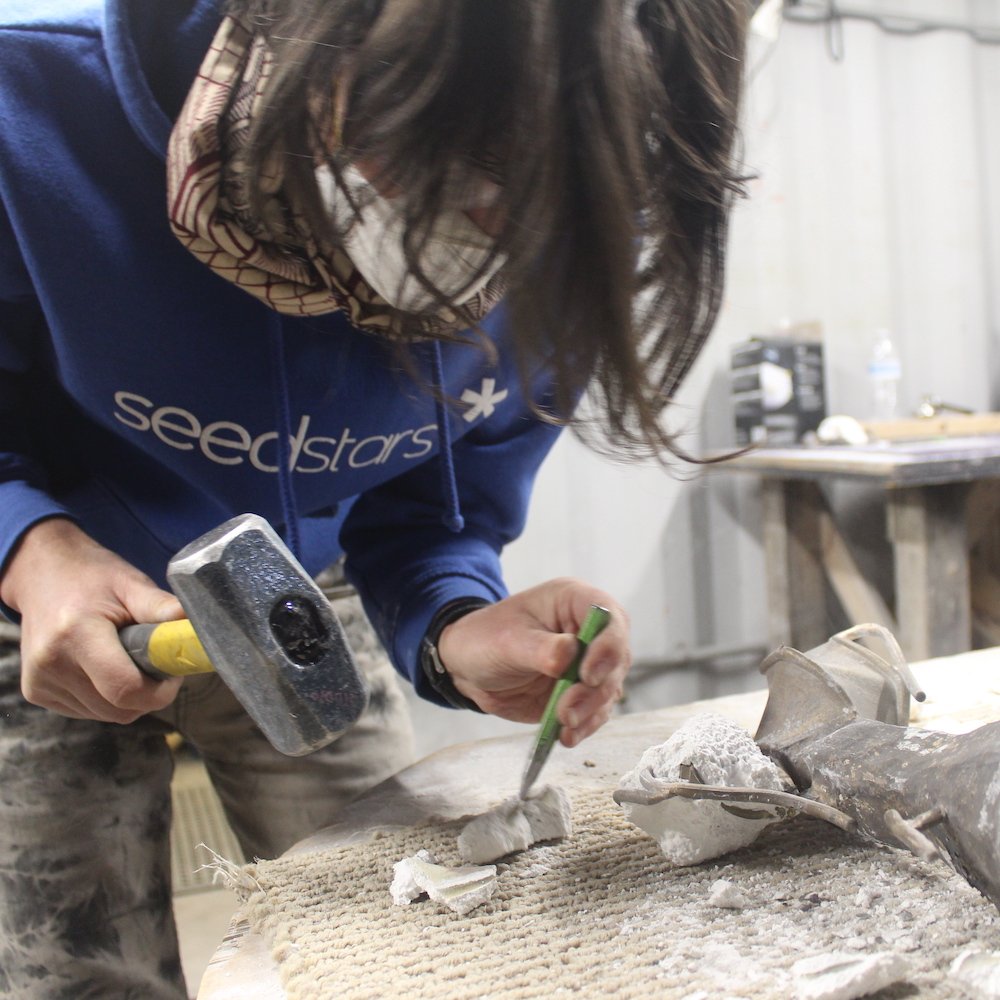
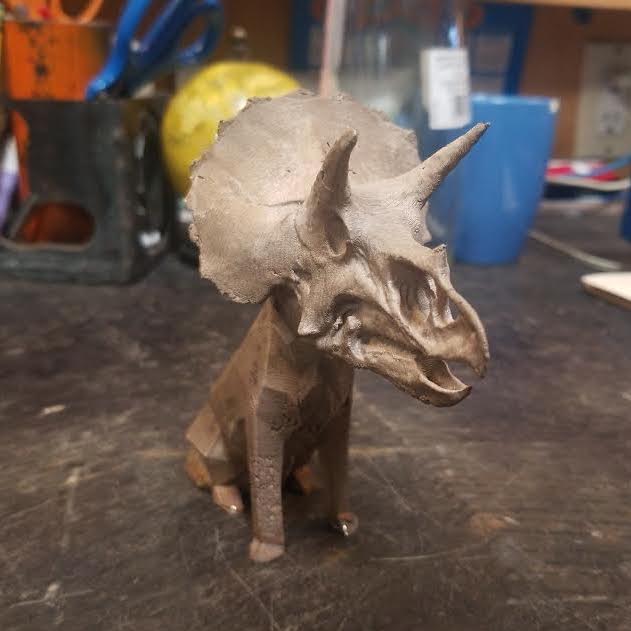
- Cut what was the opening (and is now the bottom) off of your piece and smooth it out with a sponge.
- Break the shell and remove your piece.
- Pro-tip: Your metal cast piece is not as delicate as you think. Feel free to whack it against the table or the ground to speed up the shell removal process.
- Once you have cleaned up the majority of the ceramic shell, take your piece to the grinding room. Grind and polish your heart out.
- You are done! Show off your new bronze (or aluminum) masterpiece to all your friends!








